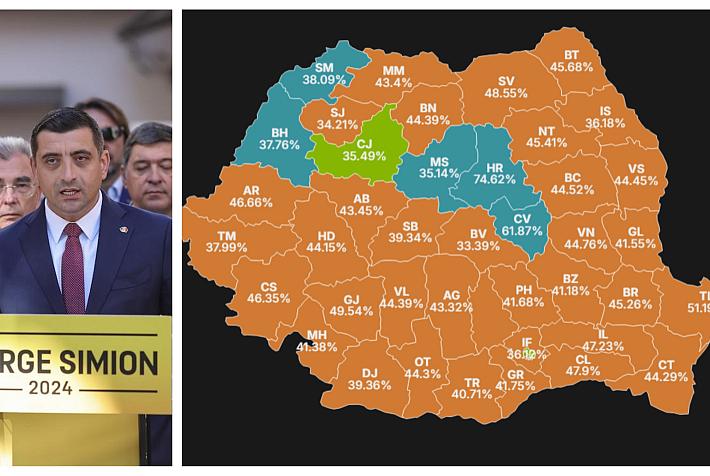Three spring traditions in Romania: martisor, babele, 40 de mucenici

Romania is known as a country with many traditions and customs, and the beginning of spring makes no exception. March starts with three important traditions in Romania: martisor (in picture), babele, and 40 de mucenici.
Martisor (trinket)
Martisorul is a small symbolic item that men offer to women on March 1 as a sign of love and respect. However, in some regions, women give martisoare to men.
They are usually small items, such as handmade flowers, jewelry and figurines tied with a red and white entwined cord. The red is said to represent the spring and the heat while the white represents the winter and the cold. However, everything can become a martisor if you don’t forget to tie the red and white string to it.
Some women choose to wear the martisor all March as it is believed that the one who wears the red and white string will be strong and healthy in the year to come. On the last day of March, they tie the red and white string to a branch of a fruit tree, as it said to bring wealth.
Romania’s cities are filled with martisoare these days, as this is one of the most important traditions in the country. However, in the urban areas, the martisor lost some of its talisman properties and became more of a symbol of friendship, love or appreciation.
Babele (old ladies)
The first nine days of March are called Babele in Romania. Besides being a rather funny custom, this is also an important local tradition. In this period, the women have to pick a day from one to nine (pick a baba) to find out how the coming year will be. If the chosen day is sunny and bright, that means that the year will be happy and wealthy. On the other hand, if the day is rainy and cold, the year will come with tears, sorrow, and poverty.
According to popular beliefs, Babele legend is associated with the story of Baba Dochia who decided to take the sheep heard on the mountain as she thought the spring came. During the trip, the sun makes her take off the coats, one by one, until she remains without any coat. Tragically, the weather suddenly changes and Baba Dochia freezes. Her death on March 9 represents the passing between the cold season and the warm one.
40 mucenici (40 martyrs)
Every year on March 9, the Orthodox Church celebrates the Forty Martyrs (commonly known as mucenici): these were Roman soldiers in the Legio XII Fulminata who lived in the time of Emperor Licinius (308-324), a persecutor of Christians. They were tortured and executed in Sebaste (present-day Sivas in Turkey) because they refused to apostatize their Christian belief.
This celebration coincides with the start of the agricultural year. People perform several rituals on this day, such as beating up the ground with wooden mallets to drive out cold and unleash the warmth.
Moreover, Romanian women bake a special dessert for this day, called mucenici (or sfintisori – little saints). The desserts are made in the shape of figure 8, which some say denotes a stylized human form of the martyrs themselves. There are several variations of this desert depending on the region.
Spring tradition in Romania: Martisor, the changing of seasons symbol
Irina Popescu, irina.popescu@romania-insider.com











